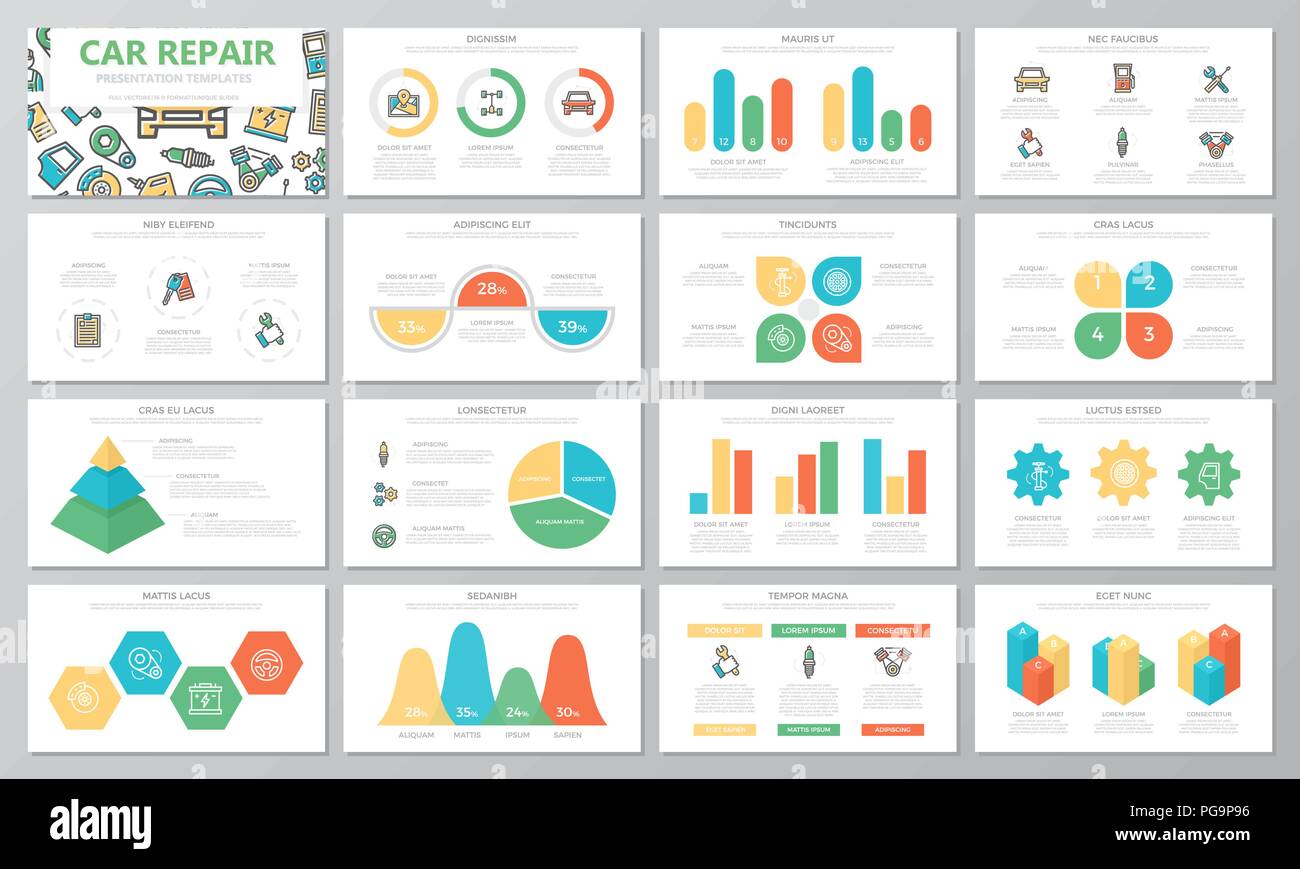Comprehending The Meaning Behind Your Car'S Caution Lighting: An Extensive Appearance
Comprehending The Meaning Behind Your Car'S Caution Lighting: An Extensive Appearance
Blog Article
Short Article Composed By-Termansen Alvarado
When you're behind the wheel, those radiant caution lights on your control panel can be a bit perplexing. Do you know what they're trying to tell you concerning your automobile's health and wellness? Understanding the importance of these lights is vital for your safety and the durability of your car. So, the following time one of those lights appears, wouldn't you intend to decode its message precisely and take the needed steps to address it?
Common Warning Lighting and Interpretations
Determine typical warning lights in your car and understand their definitions to ensure safe driving.
The most common caution lights include the check engine light, which signifies concerns with the engine or exhausts system. If this light begins, it's essential to have your vehicle examined promptly.
The oil pressure cautioning light indicates reduced oil stress, requiring instant focus to prevent engine damages.
A flashing battery light might recommend a faulty billing system, potentially leaving you stranded otherwise attended to.
The tire pressure surveillance system (TPMS) light notifies you to low tire pressure, influencing automobile security and gas performance. Overlooking mouse click the up coming post might lead to hazardous driving conditions.
The abdominal light indicates an issue with the anti-lock braking system, endangering your capability to quit rapidly in emergencies.
Finally, the coolant temperature cautioning light warns of engine getting too hot, which can lead to extreme damage otherwise fixed promptly.
Comprehending these usual caution lights will certainly help you address concerns promptly and preserve safe driving problems.
Significance of Prompt Attention
Understanding the typical caution lights in your auto is only the first step; the importance of without delay resolving these cautions can't be stressed sufficient to guarantee your safety on the road.
When a caution light illuminates on your control panel, it's your car's way of connecting a potential problem that needs interest. Overlooking these cautions can result in more severe issues in the future, compromising your safety and security and potentially costing you more in repairs.
Prompt attention to advising lights can prevent malfunctions and crashes. For divine car detailing , a blinking check engine light could indicate a misfire that, if left ignored, might trigger damage to the catalytic converter. Addressing this promptly can conserve you from an expensive repair work.
Likewise, a brake system advising light could signify low brake liquid or worn brake pads, crucial parts for your safety when driving.
Do It Yourself Troubleshooting Tips
If you see a caution light on your dashboard, there are a few DIY repairing suggestions you can attempt prior to seeking professional assistance.
related webpage is to consult your cars and truck's handbook to comprehend what the specific warning light indicates. Sometimes the concern can be as simple as a loose gas cap setting off the check engine light. Tightening the gas cap may deal with the problem.
One more common issue is a low battery, which can activate numerous alerting lights. Examining the battery connections for deterioration and guaranteeing they're safe and secure may take care of the trouble.
If a caution light continues, you can try resetting it by separating the automobile's battery for a few minutes and afterwards reconnecting it. Furthermore, checking your vehicle's liquid degrees, such as oil, coolant, and brake fluid, can aid repair cautioning lights connected to these systems.
Final thought
In conclusion, understanding your car's warning lights is vital for maintaining your car running efficiently and safely. By without delay addressing these alerts and knowing what they imply, you can prevent costly repairs and potential malfunctions.
Remember to consult your vehicle's handbook for specific details on each advising light and do something about it appropriately to make certain a trouble-free driving experience.
Stay informed, stay secure when traveling!
